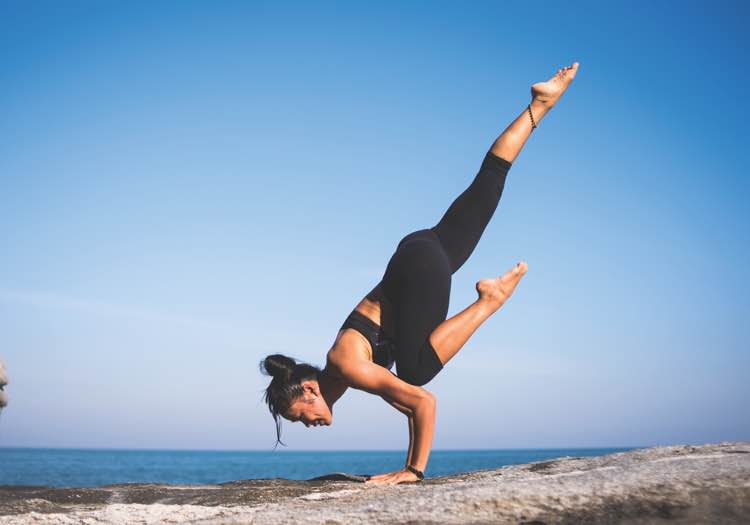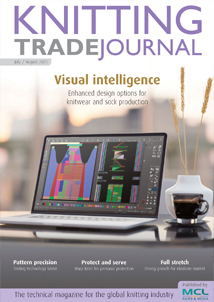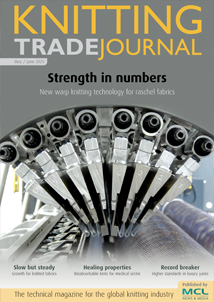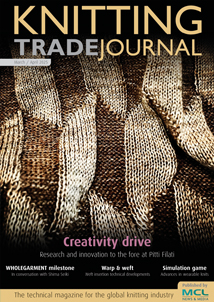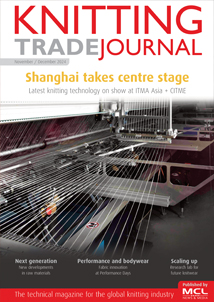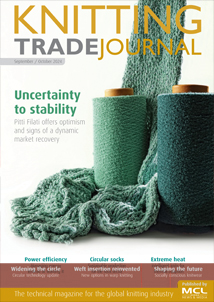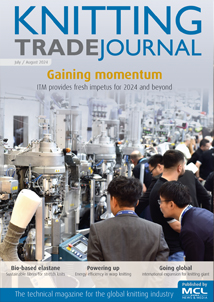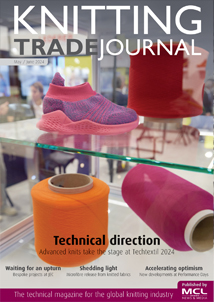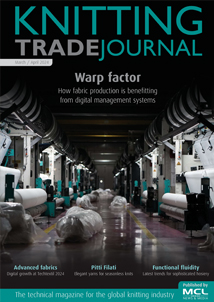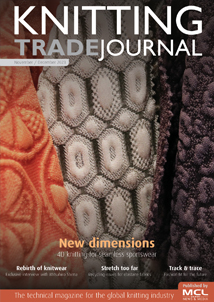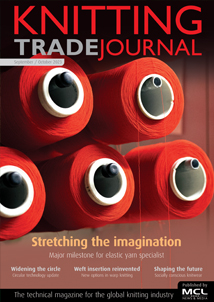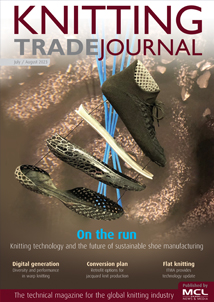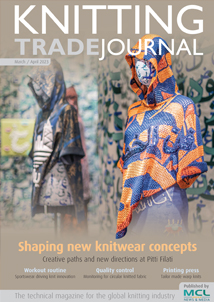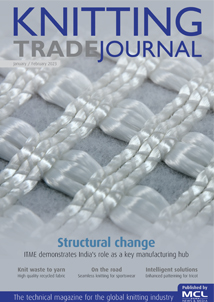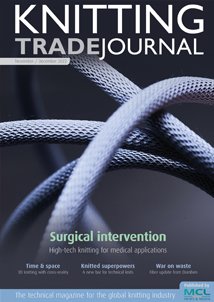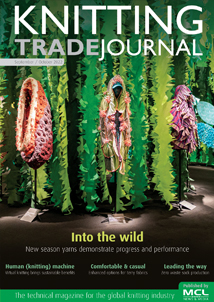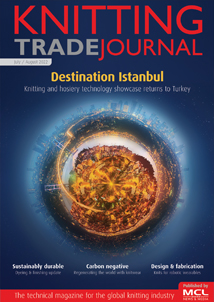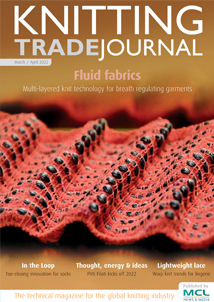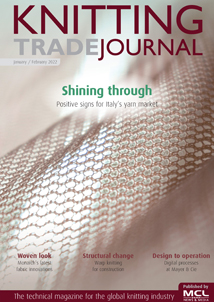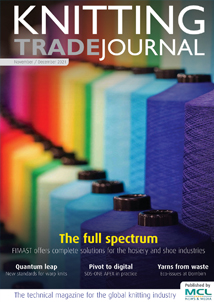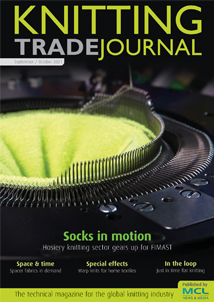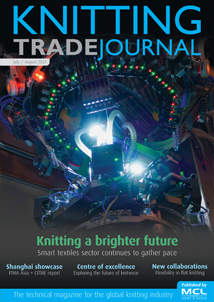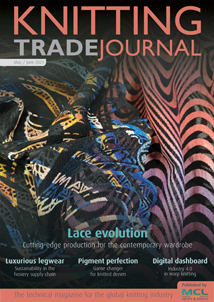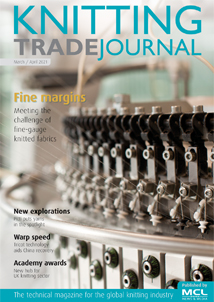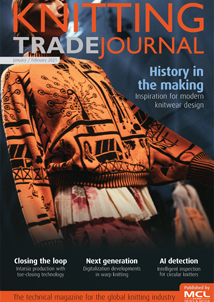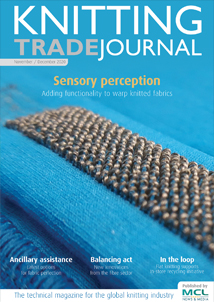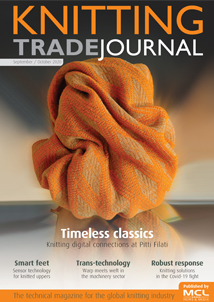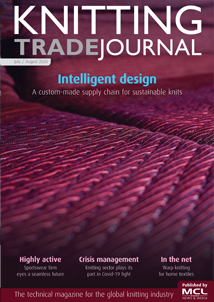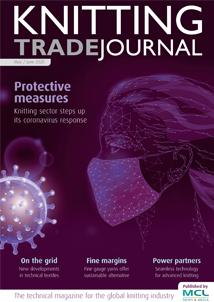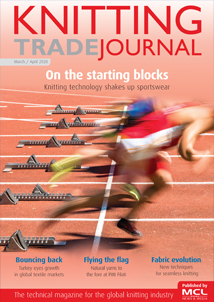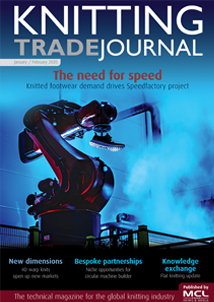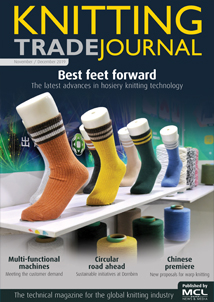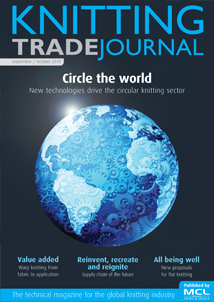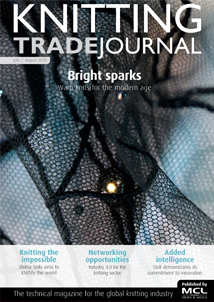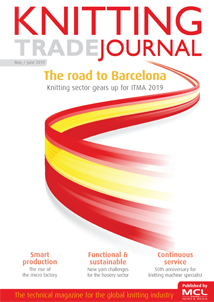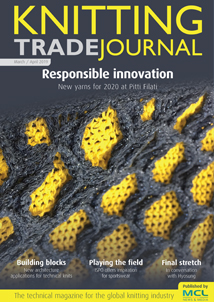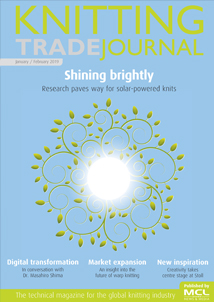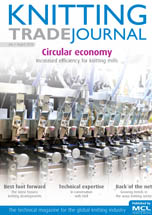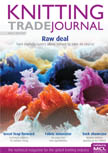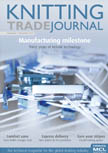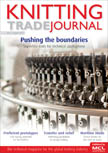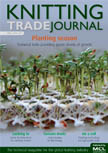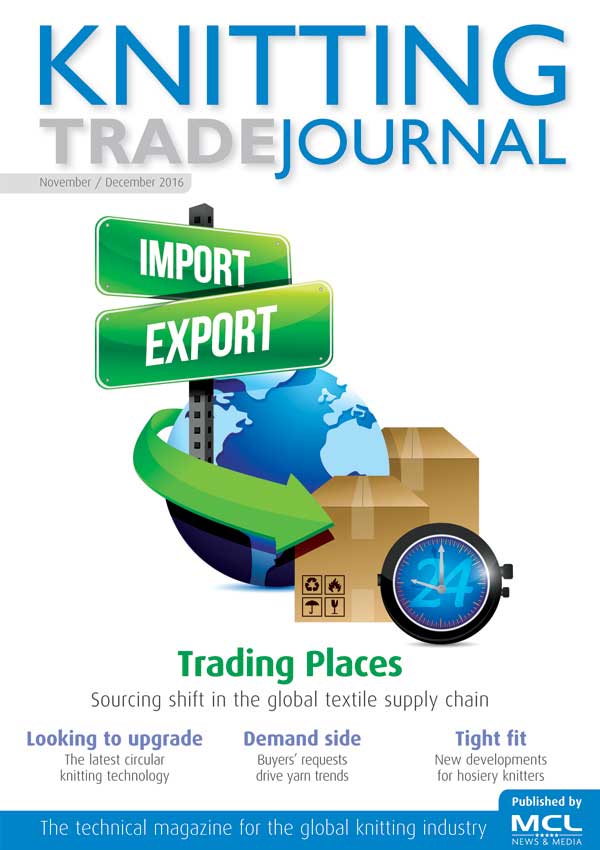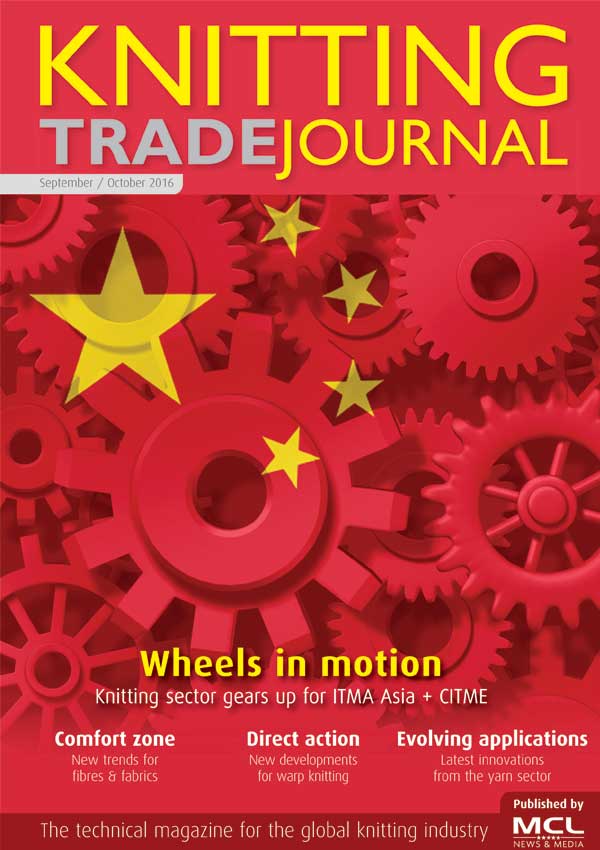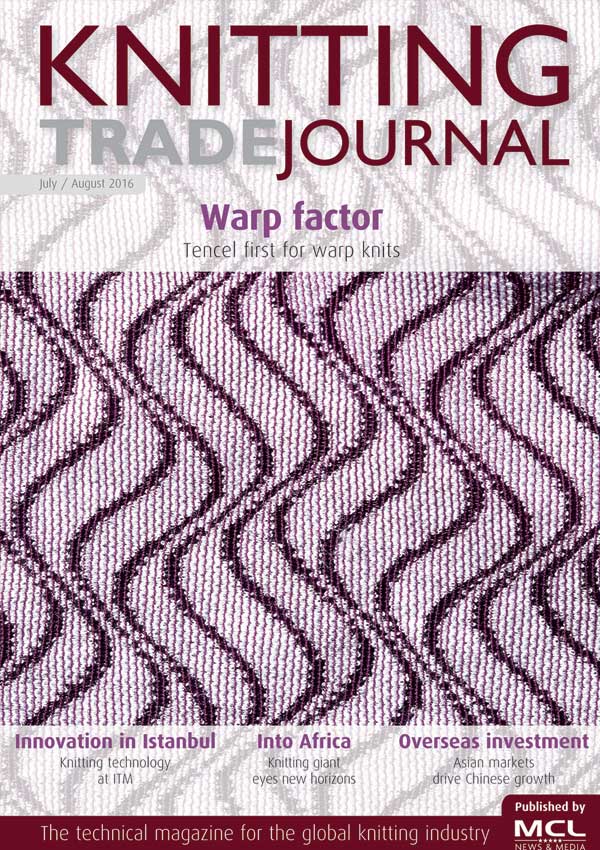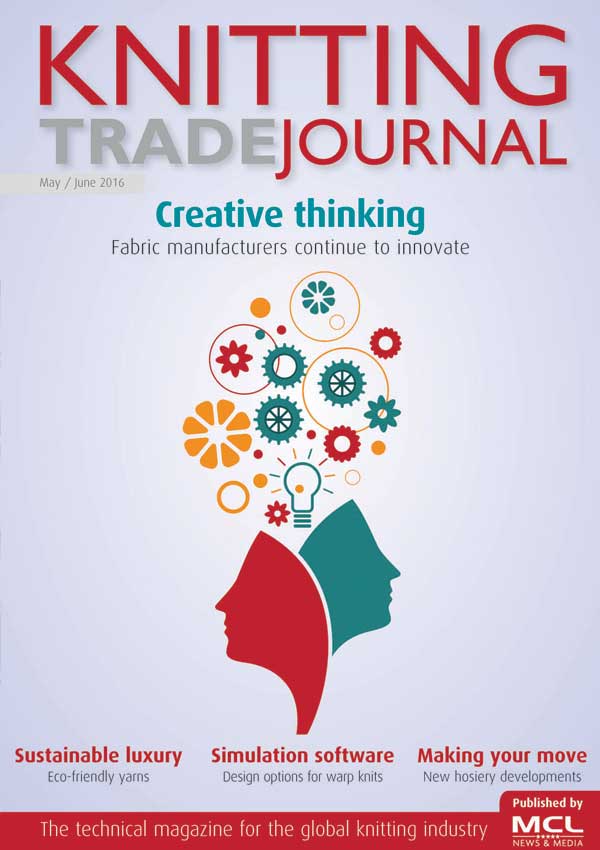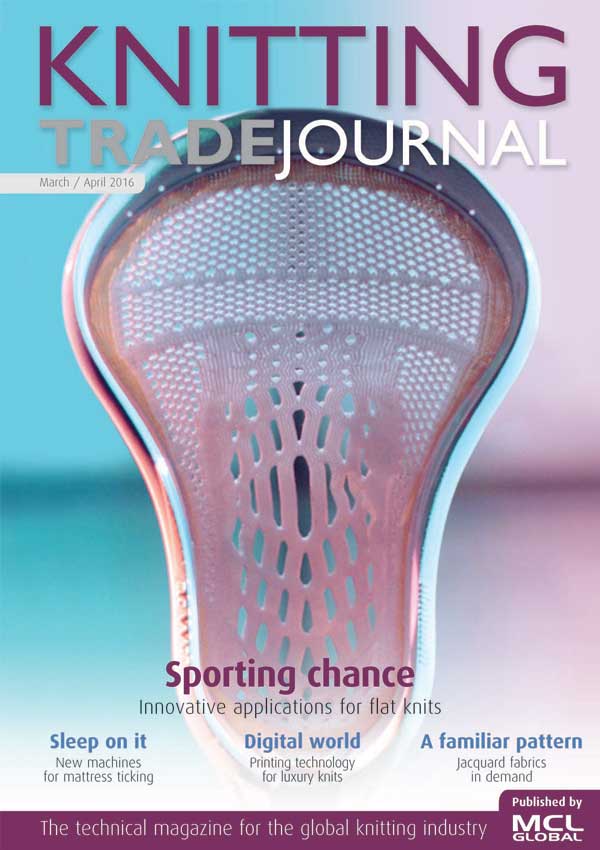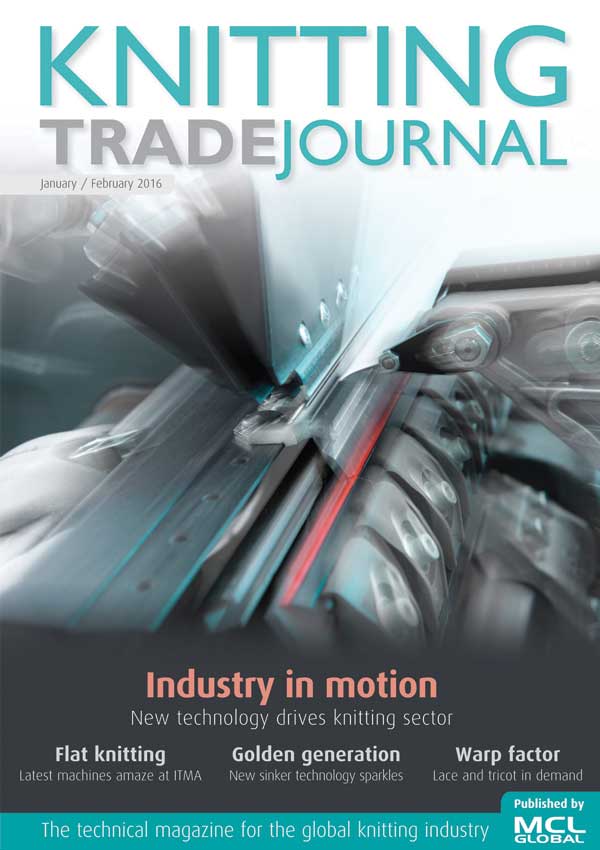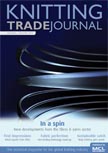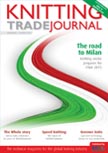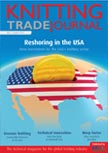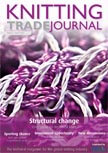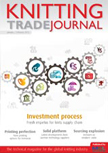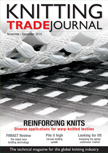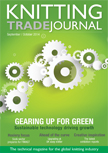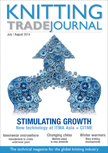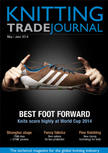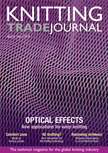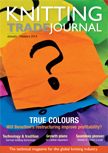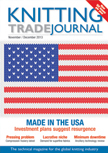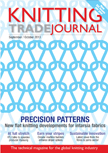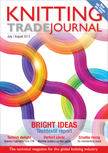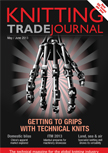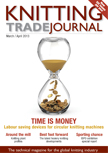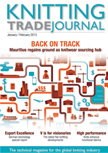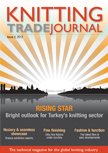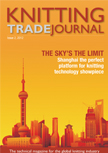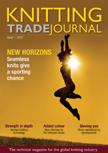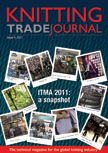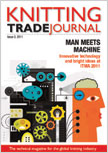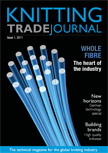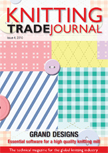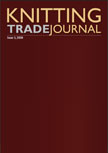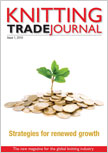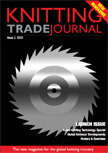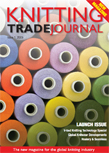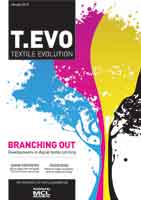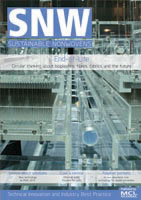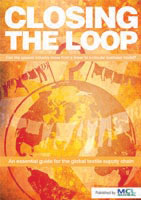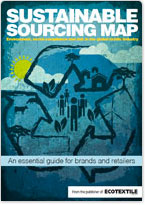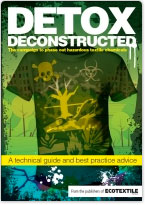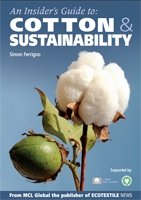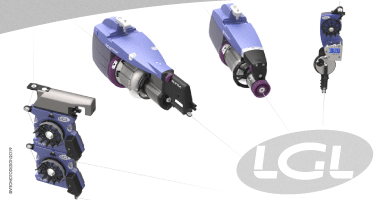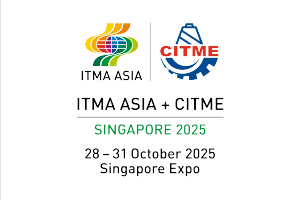Taiwan - A 2016 study from Yoga Journal shows that the number of yoga practitioners in the United States has increased to more than 36 million, up from just 20.4 million in 2012
Accordingly, annual spending on yoga classes, clothing, equipment, and accessories has ballooned from $10 billion in 2012 to a staggering $16 billion in 2016.
Although the growing popularity of yoga is undeniable, yoga pants have become so much more than just pants for yoga. According to the US Census Bureau, US imports of elastic knit pants exceeded denim jeans for the first time in 2017 — and the global leggings market was valued at a staggering $29 billion in 2018, with a compounded annual growth rate (CAGR) of 6.5%.
Thanks to a confluence of three unrelated phenomena — a cultural shift towards more casual work apparel, a trend towards health & wellness, and advances in knitting technology — yoga pants are becoming part of daily wear for millions of women across the world, acting as the fuel that has propelled athleisure to its current peak.
The Rise of Leggings
In 1959, Joseph Shivers developed a synthetic fabric that could stretch up to 600% of its size and recover to its original shape. This fabric is now known as spandex (an anagram for “expands”), and was the technological innovation that made stretch pants possible.
Today, leggings are more than just a form-hugging, stretchy material. With fabrics boasting features ranging from moisture wicking and four-way stretch to stink-conquering, modern-day technological fabrics are nothing short of an engineering marvel.
However, the journey from stretchy material to the engineering marvel was not always smooth sailing. In 2013, one of the world’s largest yoga apparel brands released a new line of leggings, only to recall them months after release, after wearers discovered that the pants — allegedly able to stretch into every yoga shape imaginable — became transparent when stretched.
Not only did the company suffer a blow to their reputation, they also tallied losses of $67 million in revenue.
After this embarrassing mishap, the brand searched for manufacturers developing a fabric that could reach their high quality standards — and that fabric was Quadro Stretch.
Why Yoga Pants Need Quadro Stretch
As the name implies, Quadro Stretch fabrics stretch in four ways, conforming to wearers’ body shape and stretching in tandem with their natural range of motion. The ‘four-way’ stretch refers to the fabric stretching both side-to-side and up-and down, and then recovering to its original shape (four stretches). In contrast, two-way stretch fabrics only stretch and recover from side-to-side.
Furthermore, Quadro Stretch fabrics use high denier threads — the higher the denier, the thicker ensuring wearers’ undergarments won’t be exposed.
At the intersection of limited elasticity and low denier threads sits two-way stretch fabrics. Although perfectly acceptable for use in applications such as tops or jackets, the sheer yoga pant scandal of 2013 revealed — in more ways than one — that yoga pants require stretching in more than just two ways. Unsurprisingly, Quadro Stretch fabrics remains the fabric of choice for yoga pants.
Athleisure Going Forward
Quadro Stretch is the technological innovation that led yoga pants to dominate women’s apparel — but its skintight embrace doesn’t just enable wearers to enter twisting yoga poses without restrictions.
For high intensity work-outs, Quadro Stretch fabric can be designed to offer a higher degree of compression to help muscles regulate lactic acid buildup, protecting muscles while releasing tension and soreness. The multi-functional fabric is also making its way into swimwear, gymnastics leotards, and ski wear — and is even used in home, medical, industrial, and transportation industries.
As consumers demand more comfortable clothing, brands and manufacturers are rushing to bring even more comfortable athletic wear to the market — with Quadro Stretch bound to remain at the forefront of athletically inspired innovation.
As one of the few original manufacturers of the machines that produce Quadro Stretch fabrics, Pailung collaborates with and serves suppliers and manufactures of major sportswear brands around the world.
Because Quadro Stretch is a highly elastic material that is difficult to manipulate and control — especially one knitting a computerized jacquard — Pailung has been investing significantly into improving Quadro Stretch textile machines for over ten years, simplifying Quadro Stretch knitting and ensuring excellent fabric quality and yield.
Pailung’s Quadro Stretch knitting machine offers the following features:
- Hardware Optimization — Manufactures can achieve high quality Quadro Stretch fabric with superior elasticity and opaqueness — every time — by optimizing the cam operation mode, type of needles, and fabric tension withdrawal system.
- Adjustable Yarn Feeding System — Spandex is difficult to work with, and complications can easily slow down manufacturing time and cut into revenue. Pailung’s yarn feeding system adjusts tension based on varying spandex system, ensuring the knitting process runs smoothly.
- Exclusive Parameter Configuration — Manufacturers can easily adjust the spandex ratio in Quadro Stretch fabrics according to different market needs, maximizing the effectiveness of the each knitting machine and keeping production output high.



